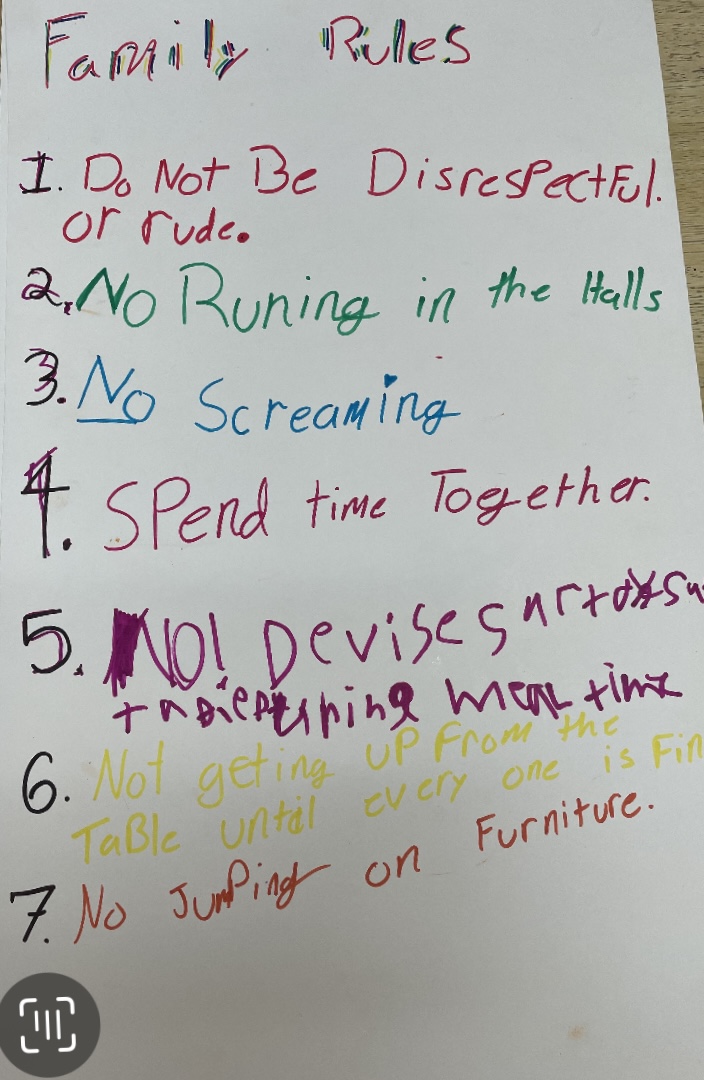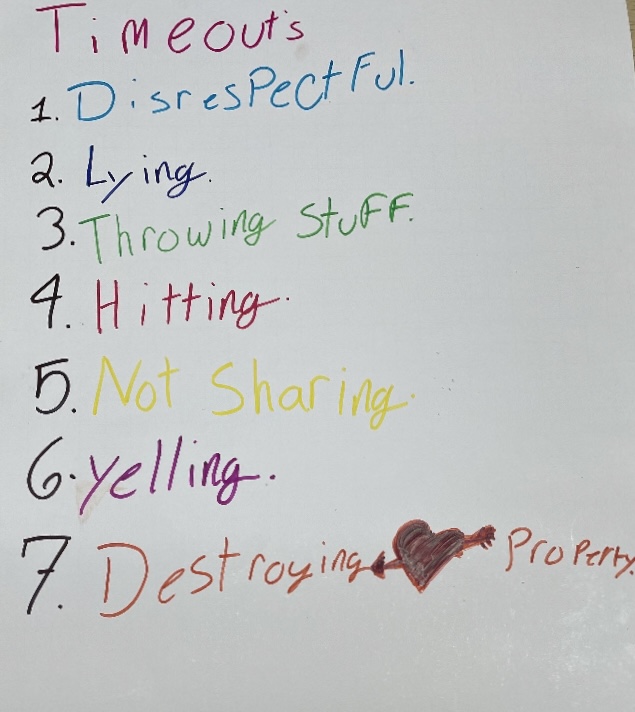Engage with Individuals, Families, Groups, Organizations, and Communities
As a competent social worker, I understand the need for the engagement and ongoing components of the dynamics and interactive process with diverse individuals within micro, mezzo, and macro settings. I will continuously value the importance of human relationships and understand how my personal experiences can assist in relationship-building with clients. Also, I am aware of affective reactions that could impact my ability to engage with diverse clients effectively. I will use the knowledge I have gained and continue to understand and apply theories of human behavior and social environments while engaging with clients. Additionally, advocating and facilitating strategies to engage diverse clients to advance practice effectiveness.
Evidence of Practice
While attending Southern Adventist University and studying for my MSW, I engaged in a variety of activities that helped me to develop and master this competency:
6.1 – Examine evidence-based practices to prepare for professional engagement across systems
Course Evidence: During Mental Health Practice in Social Work Core Concepts, a couple of our assignments involved reviewing literature and developing organizational charts on different therapy techniques/approaches. When deciding which therapy approaches to use, I reflected on multiple methods I have heard of and picked two that I am interested in learning more about the approach. I decided to create organizational charts on ART and DBT therapy. You can view the ART organizational chart here and the DBT organizational chart here.
Field Evidence: During my Practicum, I met with my supervisor every week. While in supervision, we discussed my current clients and role-played different scenarios. Additionally, my supervisor would introduce me to various assessment tools that could help my existing clients. One of the assessments is Taylor-Johnson Temperament Analysis. The Taylor-Johnson Temperament Analysis is an instrument for assessing the influence of an individual’s characteristics in relationships. The results were formulated into data that was transferred into a graph that could include multiple tests from a couple. I was able to present the information to a couple to help them understand each other’s personalities. The assessment results allowed me to counsel the clients and assist them in understanding different parts of their significant other’s personality. The test is used in counseling for couples or individuals. You can view the copy of the cover page from my assessment here.
6.2 – Engage with systems utilizing evidence-based practice strategies
Course Evidence: While in Advanced Clinical Practice: Individuals and Families, I gained an in-depth understanding of Cognitive Behavioral Therapy (CBT). I learned the format of a CBT session and how to incorporate different parts of CBT, including thought-stopping records, mindfulness, and homework planning. We were assigned cohorts to practice using CBT in various scenarios during class. You can view a recording of me practicing with one of my peers here. The recording shows me practicing a section of a CBT session, including reviewing confidentiality, creating an agenda for the current session, completing a mood check, and psychoeducation with a pseudo-client. The recording provided me with the practice to help improve my CBT skills by completing a review of myself and areas to improve. You can view the self analysis paper here.
Field Evidence: During weekly supervision, my supervisor and I would discuss my caseload of clients. I would present the clients, how they were doing, and the areas I was trying to help them in. On multiple occasions, I’d seek guidance from my supervisor on how to help the client. One of the past clients I worked with her during her visits with her children. The client never set rules for her children but would be upset when they would throw items, scream, and do other behaviors. Also, one of the children has a learning disability. When discussing the situation with my supervisor, he suggested creating family rules. During our meeting, we reviewed evidence-based literature and reviewed potential family rules that could help during the visits as a guide for me to use when meeting with the client. When I discussed creating family rules with the client, I provided her with evidence-based information that informed her about providing structure and other areas that can create a more cohesive visit. I provided the client with poster board and markers and helped her introduce the idea to her children during the visit. While creating the family rules, the children could write the rules and take part in developing the rules. Each family member could speak and provide insight on what rules should be listed. Additionally, the family created a poster board of actions to place the family member in timeout. You can view pictures of the created “Family Rules” and “Timeouts” below.


Social work knowledge used: I used therapeutic knowledge I gained from coursework and practicum to incorporate into my field experience. Additionally, using social welfare to empower clients during their visitations.
Social Work values present: The importance of human relationships was present through strengthening family relationships to enhance their well-being and working on their DFCS case plan.
Social work skills presented: I presented skills of active listening, reflection, educating, empathic communication, and building rapport.
Cognitive processes: I used the cognitive level of application for these tasks by applying and demonstrating the information with a client.
Affective processes: For these tasks, I used the affective process organization to bring awareness to a new value and incorporate it into practice.
Theoretical foundation: Attachment Theory. I used the theory to help strengthen the bond between parents and their children.
Tell me and I forget. Teach me and I remember. Involve me and I learn.
-Benjamin Franklin
